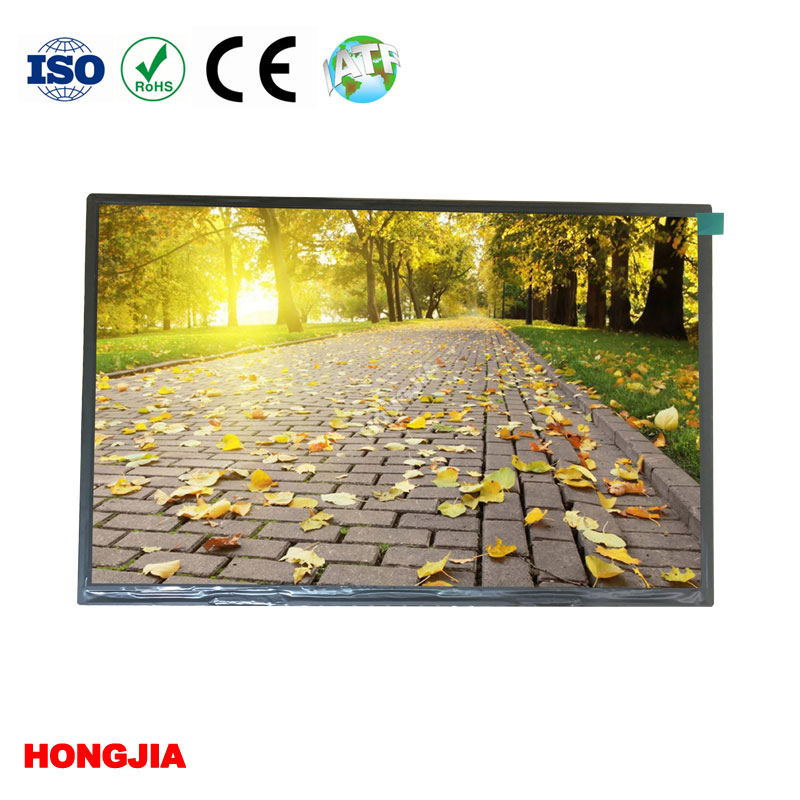The difference between LED display and LCD display
What are LED display and LCD display
LED display: LED LCD screens use LED light sources, which are light-emitting diodes. Such light-emitting diodes are very power-saving, and because they are not light tubes, they can form an array one by one and evenly distribute them behind the LCD screen. Brightness is good, making the backlight more uniform. Such a display can be made thinner and more power-saving, and the life of LED is longer than that of CCFL, and the color is stable and not easy to yellow.
LCD display: Ordinary LCD screens use CCFL light sources, that is, cold-cathode fluorescent lamps (similar to the scanning lamps in the copy), with one on each side of the screen and a backlight on the back of the display, which is composed of fluorescent substances. The light sources on both sides can be evenly distributed on the back of the entire screen, so that the entire screen can be evenly illuminated. However, due to technical limitations, the brightness of such a display is not completely uniform, but it is difficult to find it. At the same time, the lamp also has a certain lifespan, and it will turn yellow after a long time.
The difference between LED display and LCD display
Compared with liquid crystal displays, LED displays have more advantages in terms of brightness, power consumption, viewing angle and refresh rate. Using LED technology, it is possible to create displays that are thinner, brighter and clearer than LCDs.
The power consumption ratio of LED display and LCD display is about 1:10, and LED is more energy-efficient.
LED displays have a higher refresh rate and better performance in terms of video.
LED provides a viewing angle of up to 160°, can display various text, numbers, color images and animation information, and can play color video signals such as TV, video, VCD, DVD, etc.
The resolution is different. The biggest advantage of the LCD splicing screen is that it can realize high-definition display, that is, 1920*1080, which can display high-definition images and videos, etc., while the LED display screen has a relatively low resolution under the same display area due to the relatively large pixel pitch. Many, although the resolution can also be superimposed to high-definition, but the required display area is larger, and the viewing effect is obviously not as good as that of LCD.
LCD splicing screens have splicing gaps of different sizes, ranging from 5.5-1.7mm, so there will be physical viewing edges between the screens after splicing, which will affect the viewing effect when the entire screen displays one surface, while LEDs will There will be no such worries, no matter how spliced, the LED display will have no black borders.
LCD screens are not waterproof and are mainly used indoors, while LED screens can be used in various occasions, including outdoors.

 English
English Español
Español Português
Português русский
русский Français
Français 日本語
日本語 Deutsch
Deutsch tiếng Việt
tiếng Việt Italiano
Italiano Nederlands
Nederlands ภาษาไทย
ภาษาไทย Polski
Polski 한국어
한국어 Svenska
Svenska magyar
magyar Malay
Malay বাংলা ভাষার
বাংলা ভাষার Dansk
Dansk Suomi
Suomi हिन्दी
हिन्दी


